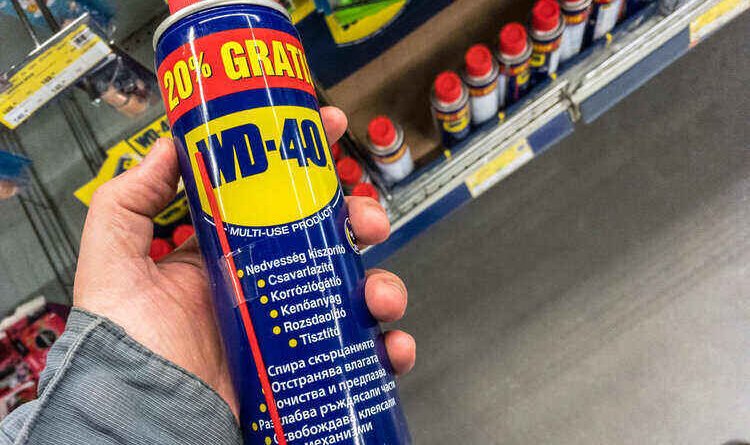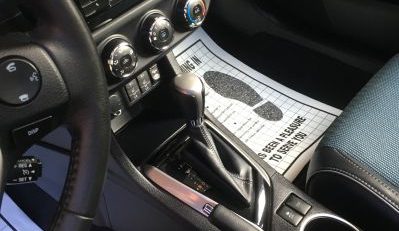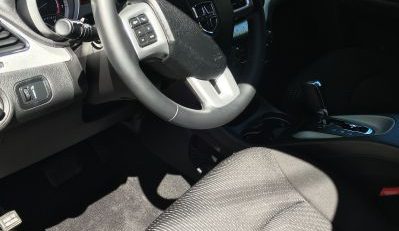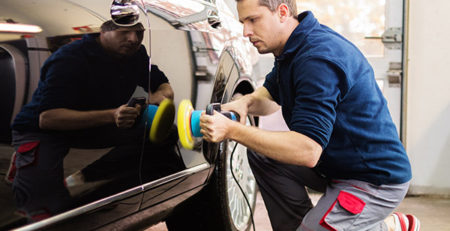Can You Use WD40 On Car Scratches
WD40 is a popular and handy lubricant that can be used for various purposes around the house, such as cleaning gunk off of surfaces or freeing stuck screws. Some people also like to use WD40 on car scratches as a way to temporarily fix the problem and prevent the scratch from worsening. But does WD40 really work on car scratches? And is it safe to use?
What is WD40?
WD40 is a chemical solvent that was originally designed to remove water from metal surfaces. It quickly became popular as a general-purpose lubricant and protectant and is now available in countless formulations for a variety of uses.
One common use for WD40 is to remove car scratches. Given that it is designed to dissolve water, WD40 can help break down the pathways that scratch create on clear coat finishes. This makes it easier to buff out the scratch with a polishing compound.
Can You Use WD40 On Car Scratches?
Yes, you can use WD40 to remove car scratches. However, there are a few things you should keep in mind when doing so. First, WD40 is a petroleum-based product, so it can potentially damage the paint on your car if used excessively. Second, WD40 will only remove light scratches; deeper scratches will require more intensive treatment. Finally, be sure to test WD40 on an inconspicuous area of your car before applying it to the scratch itself, as some paints may not react well to the WD40. If all goes well, simply apply WD40 to the scratch with a clean cloth and rub it in until the scratch disappears.
Also Read: How often should a car be detailed?
WD40 works on car scratches by essentially “sealing” them. Filling in the scratched area with WD40 creates a barrier that protects the exposed metal from further damage. In addition, WD40 can also help to lubricate moving parts on your car, which can prevent additional scratching.
There are both pros and cons to using WD40 on car scratches. One pro is that it can help to prevent rust from forming from the car’s scratch. Another is that it can help to cover up the scratch and make it less visible. However, there are also a few cons to using WD40 on car scratches. One is that it may not be effective on all types of scratches. Another is that it can attract dirt and dust, which could eventually lead to the scratch becoming more visible. Ultimately, whether or not you use WD40 on car scratches is up to you and will depend on your own personal preferences.
How To Deal With Car Scratches
There are several ways to deal with car scratches. The best way depends on the severity of the scratch, as well as your budget and time constraints.
For light scratches, you may be able to get away with using a polishing compound. This will fill in the scratch and make it less visible. You can apply the compound with a soft cloth or sponge using circular motions. Once you’ve applied the compound, buff it out with a clean microfiber cloth.
If the scratch is deeper, you’ll need to use automotive touch-up paint. You’ll want to match the paint code for your specific vehicle to get an exact color match. Once you have the paint, apply it to the scratch with a fine-tipped brush. Start with a small amount of paint and build up the coverage until the scratch is no longer visible. Once the paint is dry, you can apply a clear coat to protect it from the elements.
Also Read: Is Detailing A Car Worth It?
For more severe scratches, you’ll need to take your car to an auto body shop for repairs. The technician will sand down the area around the scratch and then apply primer, paint, and clear coat. This will blend the repair area with the rest of your car’s finish and make the scratch less noticeable.
The best way to deal with car scratches is to have them professionally detailed. A good detailing service will clean the car’s surface, remove any scratches or blemishes, and then apply a protective coating that will help keep the paint looking new.
Preventing Car Scratches
The best way to deal with car scratches is to prevent them from happening in the first place. There are a few simple things you can do to help keep your car’s finish looking new.
- Wash and wax your car regularly. This will create a protective barrier that will help to prevent scratches.
- Be careful when parking. Avoid parking too close to other cars or objects. Also, be sure to use slow, gentle movements when pulling in and out of your parking space.
- Keep your car clean. Remove any dirt, gravel, or other debris that could potentially scratch your car’s finish.
If your car has scratches and you’re not sure how to deal with them, don’t worry. You can call a professional detailing service like Auto Detailing Pro for help. We have the experience and expertise necessary to restore your car’s finish to its former glory. So if you’re looking for a reliable, affordable way to take care of your car’s scratches, give us a call today!











